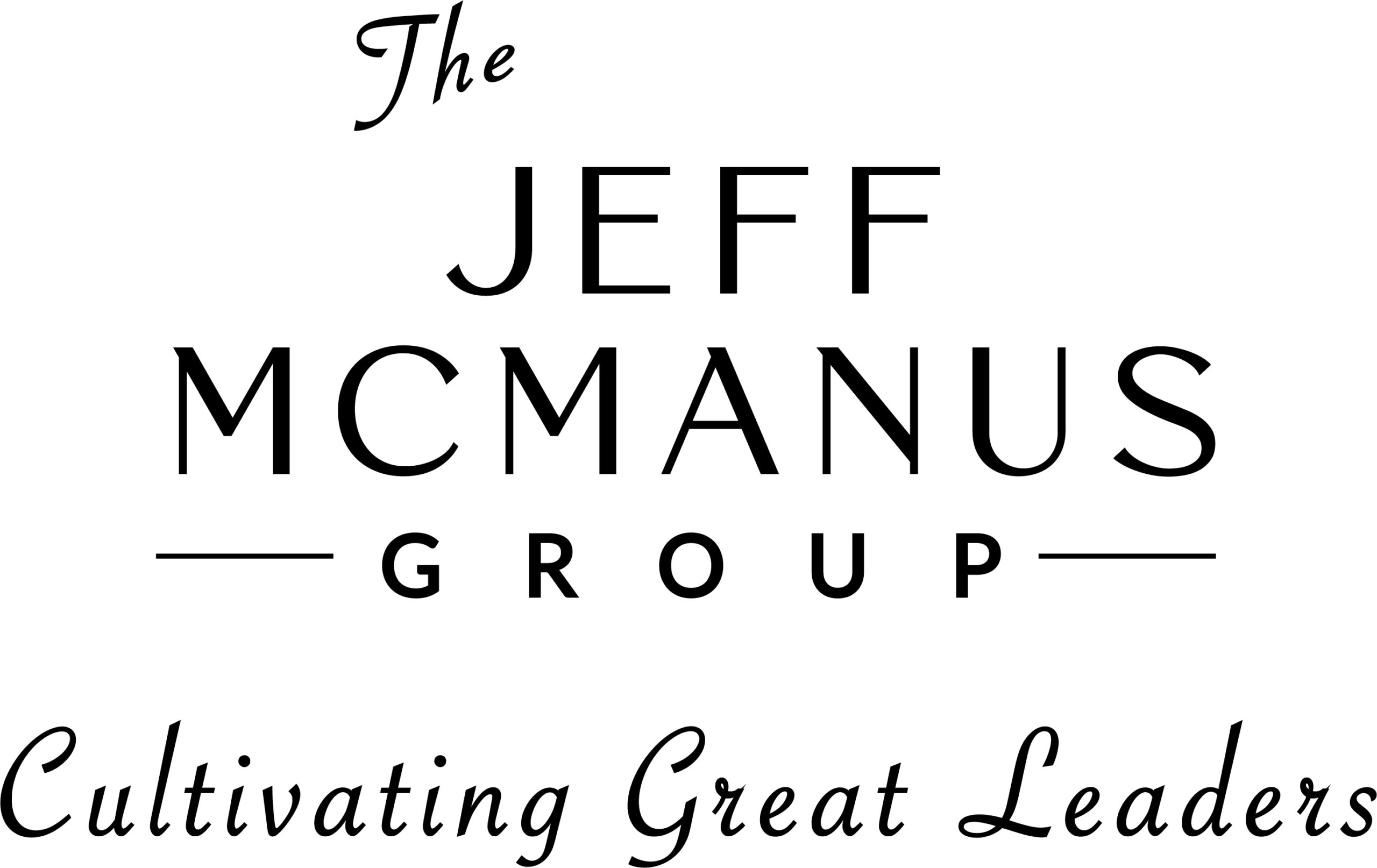
Why Should I Challenge the Process?
“Change is the province of leaders. It is the work of leaders to inspire people to do things differently, to struggle against uncertain odds, and to persevere toward a misty image of a better future.” ~James M. Kouzes, The Leadership Challenge: How to Make Extraordinary Things Happen in Organizations
I remember the first time I stepped into the room of my N. Miami department as the Director. I didn’t know a soul outside of those that had interviewed and hired me. I was the youngest person in the department at age 25. I felt alone as the leader. You know that feeling, it can be isolating and lonesome.
Because of my training, even as a young leader, I could see many of the deficiencies and errors of this property. The union-seasoned staff had chewed up and spit out the previous director, and I wondered if I could I get them to embrace the changes that needed to be made? I was heading into the storm called the “Status quo.”
Just like all leaders stepping into a new position, there were obvious problems, some big and some small. First, I needed to address the organization’s status quo which looked like poor working habits, negative work culture, the old connections, and the old ways of doing things. This was the “status quo”, and I needed to overcome it all and get us to a championship level. In leadership terms, I needed to challenge the current process to get us to the win.
Challenge the Process is one of the Five Practices of Exemplary Leadership outlined in The Leadership Challenge model developed by James M. Kouzes and Barry Z. Posner. This practice encourages leaders, like you and I, to seek out innovative ways to improve and change the status quo within our organization. If you don’t have this book, please get it, your confidence and influence as a leader will grow as you apply these practices.
The two main components for challenging the process are searching for opportunities and experimenting with new ideas while being open to taking risks. At times, I struggle with taking risks, and I bet you do too. I ask myself, is the risk worth the reward? Is it worth the effort? Unintentionally, I tend to be the person preventing the change because I don’t want to deal with the pushback. I’ve learned not to embrace this lack of leadership. It’s hard at times, but the reward is worth it.
“The domain of leaders is the future. The work of leaders is change. The most significant contribution leaders make is not to today’s bottom line; it is to the long-term development of people and institutions so they can adapt, change, prosper, and grow.” ~ James M. Kouzes, The Leadership Challenge: How to Make Extraordinary Things Happen in Organizations
Once team alignment is coming into focus, I can then encourage my teams to explore new possibilities, question existing processes, and identify areas that could benefit from change. This is sometimes easier said than practiced because we have to keep a close watch on the day-to-day operations while constantly scanning the environment for potential innovations. Leaders who do this stay ahead of the curve and position their organizations to adapt to changing circumstances.
Fortunately, exemplary leaders don’t just pioneer new breakthroughs alone; we constantly venture outside ourselves and our organizations to find existing innovations that have the potential to work inside our organizations. Leaders who excel at challenging the process practice actively seek opportunities for improvement and growth for themselves and their organization. I work to be one of these leaders every day. It is easier to ignore the status quo and not challenge the process, but they did not hire me, or you, to baby-sit the status quo, they hired us to get championship results.
How have you challenged the process?
Keep leading well!
Jeff



